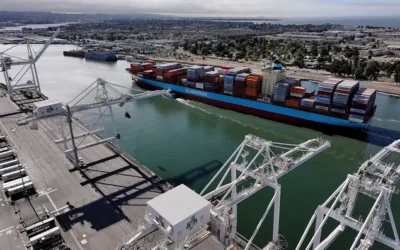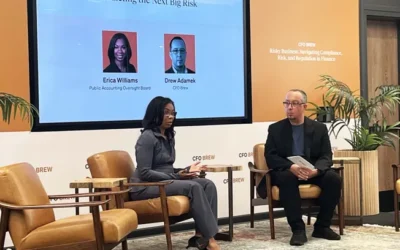Global M&A activity among private equity funds appears to be making a comeback — of sorts.
The upside: In the first half of 2024, such activity paced about 12% ahead of estimates from a year ago, according to a new report from Alvarez & Marsal (A&M), citing data from Pitchbook.
However, in terms of actual activity, the recent six-month period still trailed the first half of 2023, by 8% in the number of deals by PE firms and 17% in their aggregate volume. The raw numbers in the first half were 4,210 deals worth $325.2 billion.
The combined effects of higher interest rates, inflation, and post-COVID-19 supply chain disruptions that have depressed deal activity in recent years are easing up, but overall they’re still dragging down the appetite for dealmaking. And as is the case with the broader M&A market, big-ticket deals are in short supply within the PE segment.
Private equity “megafunds,” with at least $5 billion in assets under management, have been hit particularly hard by the sluggish deal market. In this year’s first half they recorded single-digit or in some cases even negative returns after more than three years of double-digit profits, A&M’s report stated.
Mid-market funds, with between $100 million and $5 billion in AUM, are on sounder footing at present. Such funds “have been more insulated from the current climate given their focus on smaller deals, which are more easily accomplished and give them more opportunities to improve company valuations than do megafunds,” A&M wrote.
A key factor weighing down returns for PE funds is a trend toward longer exit horizons. Traditionally PE owners held assets for three to five years, but the recent valuation mismatch between buyers and sellers pushed the median hold time to 7.1 years in 2023.
That has created a backlog of portfolio companies, which is putting PE funds into uncomfortable positions. “They must either squeeze more value from their assets and wait on a more favorable deal landscape or face the significant challenge of refinancing at much higher writes,” A&M said.
A&M’s report also revealed the results of a survey of 50 PE investors, operating partners and portfolio-company C-suite executives.
Half of the respondents, still burdened by the high-interest-rate environment, are pursuing value-creation opportunities within their existing portfolios. Most respondents (80%) said they were looking to go beyond traditional cost-cutting.
A growing trend in recent years is to start the value-creation process in pre-deal activities and during due diligence, A&M noted.
In many cases, broad operational transformations have become a powerful way to create value, often using technology as an enabling tool. A vast majority (84%) of the survey participants said they’re moderately or very likely to pursue such transformations or capabilities expansions within their current portfolios.





